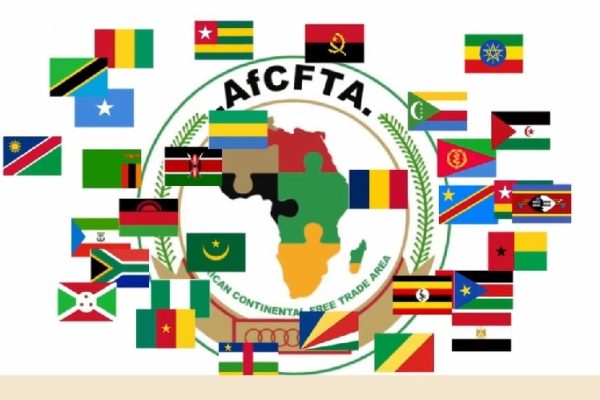
By: David Shoombe
The International Monetary Fund (IMF) praised Zimbabwe for its macroeconomic stability due to improved agricultural and mining sector revenues and the tightening of its monetary policy.
According to the IMF 2025 Article IV consultation report, after Zimbabwe faced significant macroeconomic volatility in recent decades, the country recently experienced a degree of stability due to its tighter economic policies.
It is stated that despite lingering policy challenges, Zimbabwe shows strong economic recovery with projected economic growth to expand by 6% in 2025.
The report notes that Zimbabwe’s economic recovery was strong, comparing the 1.7% growth in 2024 to the 6% growth in 2025. The IMF referenced the country’s favourable climate conditions as the reason for the improvement in the agricultural sector.
It is further noted that Zimbabwe’s economic growth is based on the international prices for gold and platinum. Investment in gold, lithium, iron, and steel production is said to bolster the economic growth even further.
Moreover, in July 2025, the African Development Bank (AfDB) increased this year’s projected economic growth rate for Zimbabwe at 6%, as compared to an earlier forecast of 5.3%.
The 2025 AfDB report on Zimbabwe also notes that there is a strong expected growth in agricultural performance, stating that agriculture is forecast to grow by 12% in 2025.
During the mid-year budget review, Zimbabwe’s Finance, Economic Development and Investment Promotion Minister, Mthuli Ncube, indicated that the “La Nina phenomenon has a positive contribution to crop growth and enhanced production across sectors of agriculture such as tobacco, maize and traditional grains”
Ncube further noted that development partners disbursed US$5.2 million through different agencies in order to boost agricultural production.
Zimbabwe’s trade statistics of June 2025 recorded highest returns in the mining sector, where gold led in generating mining sector revenue. Records indicate that in June, gold revenues stood at $393.87 million, surpassing the $361 million of November 2024. The global demand of gold allowed the nation to trade at international standards and increase its trade revenues.
James Moyo, a Zimbabwean economist living in Namibia, stated that “I am not surprised that we are growing at that rate; remember we were once a breadbasket of Africa.” He added that Zimbabwe lost between US$140-160 billion in estimates to economic sanctions since 2001.
“We would not be scattered around the world if it were not for the political punishment that affected ordinary people. By now, we could be leading SADC economically instead of South Africa,” Moyo stressed.
The World Bank classified Zimbabwe as a low-middle-income economy with great potential for an economic reboot due to its strong human capital. The Bank’s Economic Outlook on Zimbabwe for 2025 predicts its robust economic recovery is driven by “agricultural revival, increased investments in mining, tourism, and improved fiscal stability.”
Both the World Bank and the International Monetary Fund recommend strong economic adjustment and elimination of monetary exchange rate distortions for inflation stabilisation in the country to stimulate continued growth.









